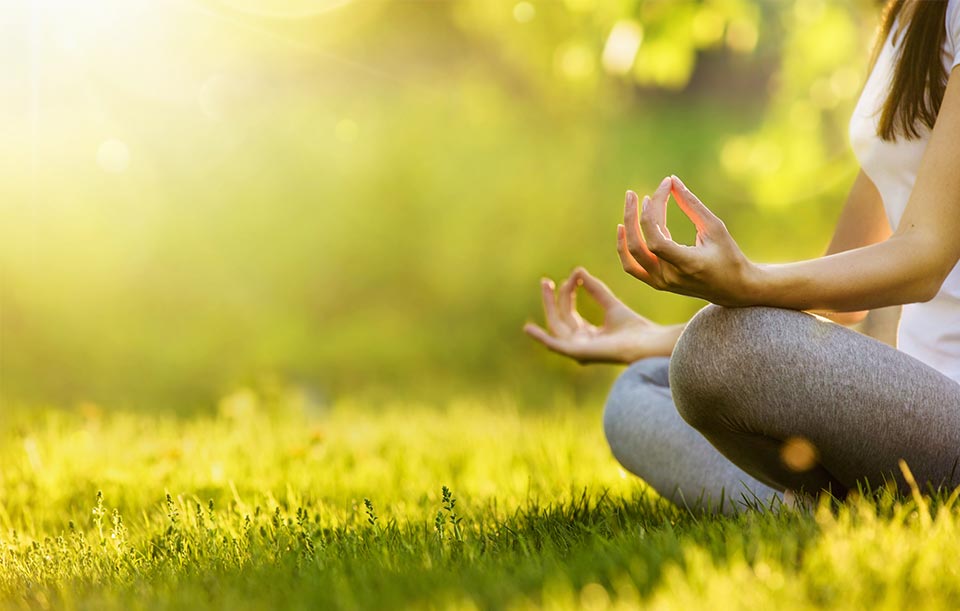
To the uninitiated, meditation appears to be a relatively easy activity. Most people think it appears boring but easy. Meditation is anything but. Meditation can be more mentally challenging than taking a cold shower, strenuous exercise, or sitting through an all-day meeting at work.
The urges that cause you to want to check the oven, lash out in anger, count, or even heading back to check the oven again, are the same types of urges you must learn to overcome to meditate successfully. The urge to quit is great. Your brain tries to rationalize that sitting there is a waste of time and that you can’t beat your OCD.
I’m here to tell you that you can. I have.
If you can meditate successfully, you can do just about anything. Most importantly, you’ll learn how your mind works and how it tries to trick you into doing your daily rituals.
Build your willpower through the practice of meditation:
1. Start with just 5 minutes per day. (I know that seems like a lot of time to spend with your intrusive thoughts) but you’ll learn how to do it and it will end up being quite simple. Just sit in a comfortable position. A firm, straight-back chair is a good option. Leaning back in a recliner can work well, too. Just be certain you can be comfortable enough to remain motionless, but not fall asleep. Sitting on the floor in the corner of the room is another popular option.
- Use a timer so you don’t have to peek at the clock.
2. Focus on your breath. Close your eyes. Inhale into your stomach and exhale those nasty thoughts. Breath in the light and exhale the dark. Count each exhalation until you reach 10, and then start over. The whole point is to only focus on your breath. Feel the air passing in and out of you. Just keep your attention on the breath. Notice the breath, but don’t think about it.
- Be aware of your breath, but don’t have any internal dialog about it. Don’t judge it. Just notice it.
3. Your mind will wander. It’s highly unlikely you’ll even count to five before an intrusive thought intrudes on your meditation. It might be about your child, the dirty dishes, or wondering if you need to clean your laptop. Eventually, your focus will get better and will help you overcome the panic that is associated with OCD.
- When your mind wanders, just bring it back to your breath. Focus on the light and dark.
4. Notice what happens. Notice how your mind wanders very quickly. You’ll probably find that you can’t reach 10 breaths even once without an intrusive thought. Also, notice your self-talk. You’ll try to convince yourself that this meditation thing is a big waste of time.
- Just keep doing your best until the timer alerts you that the session is completed.
- When the urge to quit hits you, just relax and return to your breath. This is one of the most useful skills you can develop. You can use it anytime you have the urge to do something you know you shouldn’t, cleaning the house or washing your hands for the 100th
5. Add 1 minute each week. Five minutes isn’t easy. Ten is even more challenging. Imagine what an hour is like. As your tolerance for sitting and focusing grows, keep adding time. Build up to at least an hour of continuous meditation. That’s an hour of learning to overcome your intrusive thoughts. It’s an hour of working through your fears.
6. Try to maintain the same feeling throughout the day. At the end of a meditation session, you feel pretty good. It’s the only break your brain gets each day. Try to maintain that feeling as long as possible. When you have an anxiety attack or are annoyed by your child’s dirty shoes, focus on your breath.
Your ability to concentrate, regardless of the distractions around you, can be built through meditation. Meditation teaches you how to overcome your OCD and intrusive thoughts. Your ability to focus can be developed. Meditation is a wonderful tool for building will, discipline, and strength of mind. It’s also 100% free!









